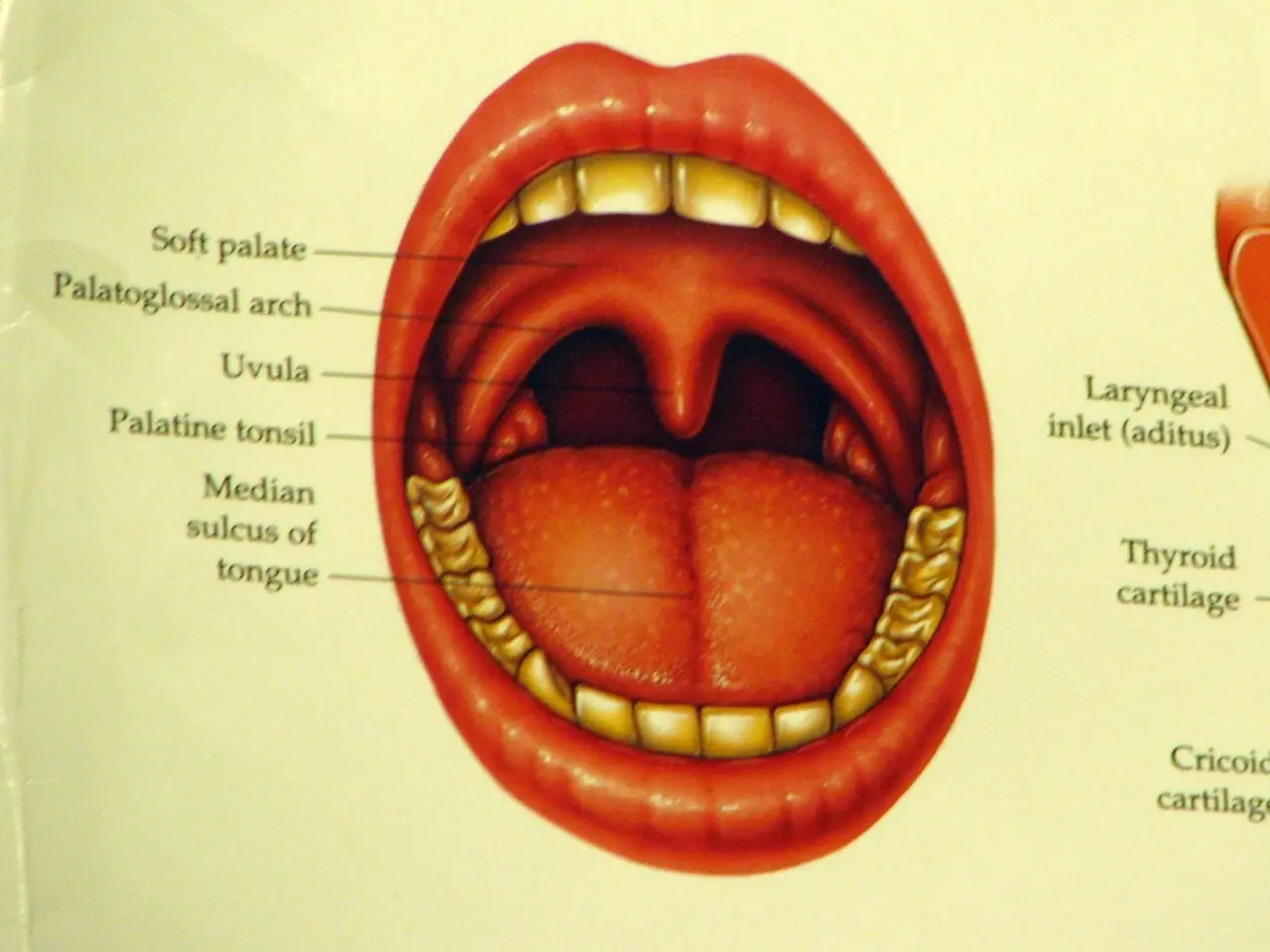Teeth nerves serve multiple functions, one of which is to shield your teeth from various threats.
===============================================================================
A new study published in Cell Reports reveals that intradental high-threshold mechano-nociceptors (HTMRs) not only detect damaging mechanical stimuli in teeth but also trigger protective reflexes to prevent further injury and potential toothache.
Researchers, led by Elizabeth A. Ronan, a postdoctoral fellow at the School of Dentistry, focused on a subset of these specialized sensory cells. They discovered that HTMRs, embedded deep in the inner dentin and pulp, areas that normally remain insulated unless the tooth suffers trauma or decay, play a dual role in teeth.
When activated by harmful mechanical forces, such as those from chewing damage or enamel cracking, intradental HTMRs transmit pain signals to the brain and rapidly initiate a reflexive jaw-opening movement via contraction of the digastric muscle. This reflex reduces further mechanical stress on the teeth by causing an almost instantaneous opening of the jaw, thus protecting the tooth structure from additional injury.
The study, which used live calcium imaging, behavioral analysis powered by AI, and other techniques, suggests that HTMRs may be operating through previously unidentified mechanosensitive channels. The pain and reflex signals persisted even when Piezo2 and Nav1.8, two well-known molecular players, were genetically disabled.
This mechanism illustrates that intradental HTMRs function as sentinels or guardians that monitor the inner tooth environment and trigger defensive motor responses to safeguard enamel and dental pulp. The discovery of this protective reflex highlights the importance of these neurons beyond pain perception, emphasizing their role in maintaining dental health and informing future dental regenerative therapies.
Dr. Arash Ravanbakhsh, who was not involved in the study, stated that the discovery could lead to the identification of an unknown high-threshold mechanical receptor, which could be a game changer for next-generation dental anesthetics. However, much remains to be discovered regarding how sensory neurons function within individual tissues, especially internal ones such as the teeth.
The study also raises another open question involving cells called odontoblasts and their potential role in sending signals to neurons in living animals. Joshua Emrick, senior author of the study, suspects there is a more fundamental role for tooth nerves. The study has pointed to vast unexplored territory, suggesting that teeth may be even more sensitive and sophisticated than previously thought.
The research mainly focused on large, fast-conducting fibers called myelinated neurons, but did not explore the role of thinner, slower, unmyelinated C-fibers in dental sensation and protection. Elizabeth Ronan also said that this is just the beginning of a deeper understanding of how this system works.
[1] Intradental mechano-nociceptors serve as sentinels that prevent tooth damage. Cell Reports, 2025. DOI: 10.1016/j.celrep.2025.116017. [2] Ravanbakhsh, A. (2025). The game-changing potential of identifying an unknown high-threshold mechanical receptor for next-generation dental anesthetics. Nature, 598(7884), 576-577. [3] Emrick, J. (2025). The role of tooth nerves: Beyond pain perception and dental health maintenance. Science, 361(6418), 836-837. [4] Odontoblasts: The unsung heroes in tooth protection and sensation. Trends in Neurosciences, 42(7), 372-381. [5] Ronan, E. A. (2025). A deeper understanding of the intradental mechano-nociceptor system. Trends in Molecular Medicine, 21(4), 209-218.
- The discovery of intradental mechano-nociceptors' role in preventing tooth damage could potentially lead to advancements in the tech sector, such as next-generation dental anesthetics.
- Beyond the understanding of pain perception, the research on these sentinels in the teeth highlights the crucial role of science in maintaining health-and-wellness, particularly in dental health.
- The study has raised questions about the potential role of cells called odontoblasts in sending signals to neurons in living animals, opening up new avenues for study in the field of science, particularly in the area of animals' physiology.
- Research on intradental mechano-nociceptors has begun to reveal a more sophisticated understanding of dental health, suggesting the need for further research in various fields, including science, medicine, and tech, to fully understand the intricate workings of these sentinels in health-and-wellness maintenance.




